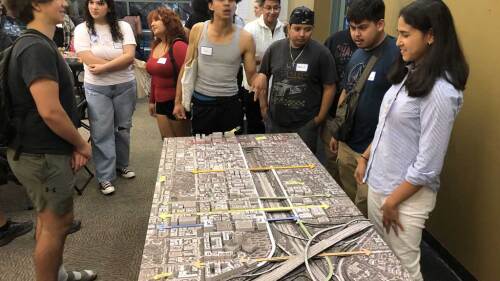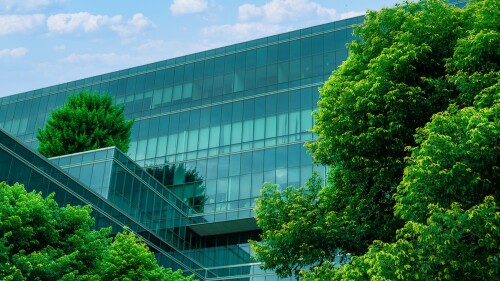The 2012 London Olympic Games have gone down as one of the most successful in the history of the event, with much of the applause coming for the second transformation of east London after the athletes, spectators, and media had gone home. With 267 weeks remaining before the Opening Ceremonies for the Tokyo Olympic Games in 2020, it is critical that steps be taken soon to ensure that the city’s legacy is a similar success, said panelists at the ULI Asia Pacific Summit in Tokyo.
Related: To Bid Or Not To Bid: Making Global Events Work For City Development | Building Olympic Cities for the Long Haul | Racing to Get Ready: Rio 2016 Olympics
“If the sporting events take center stage, then the city is the theater backdrop where everything takes place,” said Andrew Altman, founding principal of Streetscape Urban Partners and chief executive of the London Legacy Development Corporation for the 2012 Games. “This is an unrivaled opportunity.”
Speaking via a video link from Washington, D.C., Altman said, “The legacy of the Games in London was fundamental to the very DNA of how everything was organized in London. We had to have integration of the policy framework, the financial framework, and the institutional framework, all set up in the correct way to ensure the legacy would be a success.”
The redevelopment of east London was the culmination of a 40-year project designed to improve public facilities and housing at the same time as enhancing the city’s global competitiveness. Having the immovable deadline of the Games’ opening meant that hurdles previously blocking redevelopment needed to be overcome swiftly.
The transformation in seven years of 600 acres (240 ha) of largely brownfield industrial sites into Queen Elizabeth II Olympic Park was nothing short of remarkable, Altman said. The site of the basketball stadium, for example, now has 1,000 units of affordable housing, and the global media center has been turned into a center for research and technology startups. The main stadium, used for the opening and closing ceremonies, has been tweaked to serve as the home of the West Ham United soccer team.
“We had a very clear schedule, but we had to include the bottom line of legacy planning from the very start,” Altman said. “It could not be an afterthought; it has to be considered from the very beginning. The time to plan for the post-Games legacy is during the pre-Games planning period.”
That view was echoed by Bill Hanway, head of global sports for AECOM and a key designer of London’s legacy master plan, who outlined the key U.K. ambitions ahead of the Games—improving sporting facilities, reducing childhood obesity, creating employment opportunities, transforming parts of east London, encouraging sustainability, and celebrating diversity.
“Since London was awarded the Games in 2005, the value of properties in the district has increased 60 percent, which is very important for a part of the city that was previously considered to be deprived,” he said.
He illustrated the results of failing to adequately plan for the post-Games future with shots of derelict facilities in Athens, site of the 2004 Olympics.
Tokyo can also take lessons from the experience of Vancouver, site of the 2010 Winter Olympic Games and Paralympic Games, said Joel Finlay, head of the sport and global events practice for KPMG.
The first impact that a host city needs to be prepared for is the fact that the Games “will completely overtake your city,” Finlay said.
“The key challenge in legacy planning is to make sure that development is driven by the long-term use of infrastructure, that the facilities are used by the community after the Games, and to avoid ‘white elephants,’” he said.
The new mass transit system built for the Vancouver Games has remained very successful, he said, and the convention center built to host the media has attracted business to the city in subsequent years.
The panel agreed that there are grounds for optimism that the Games will leave a lasting mark on Tokyo in the form of new and improved infrastructure, transportation links, green spaces, and homes. Part of that optimism is based on the fact that Tokyo Governor Yoichi Masuzoe is involved and has expressed hopes for a 100-year legacy built on, among other elements, public/private partnership, use of new forms of energy, and development of the waterfront district away from an industrial zone.





